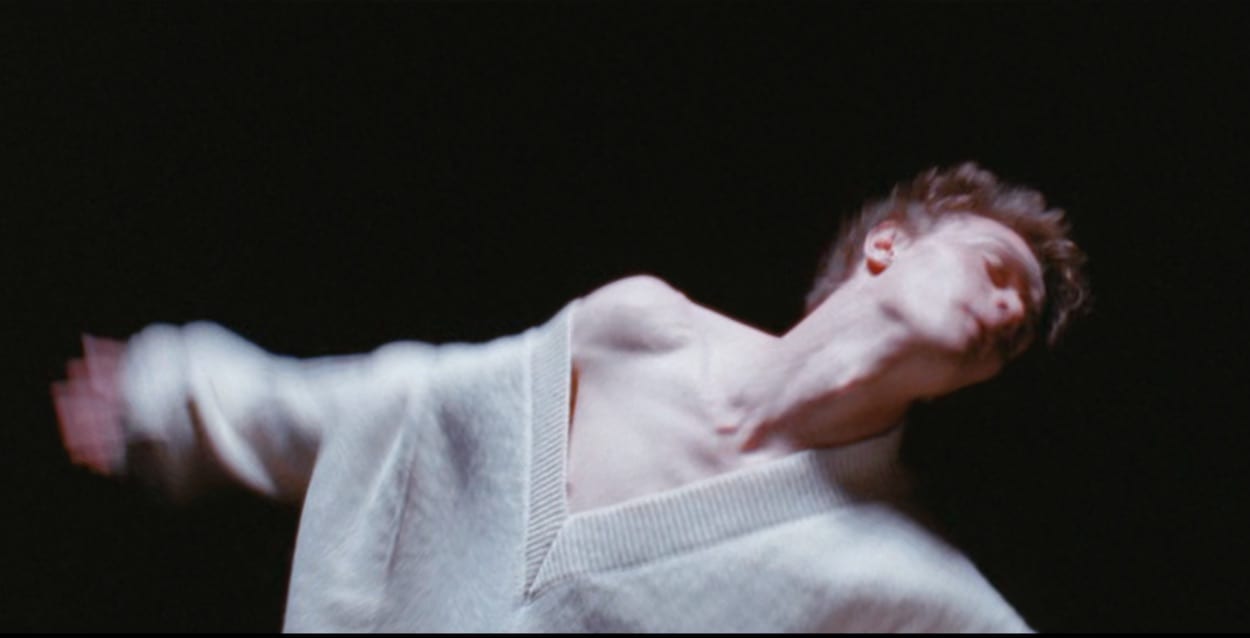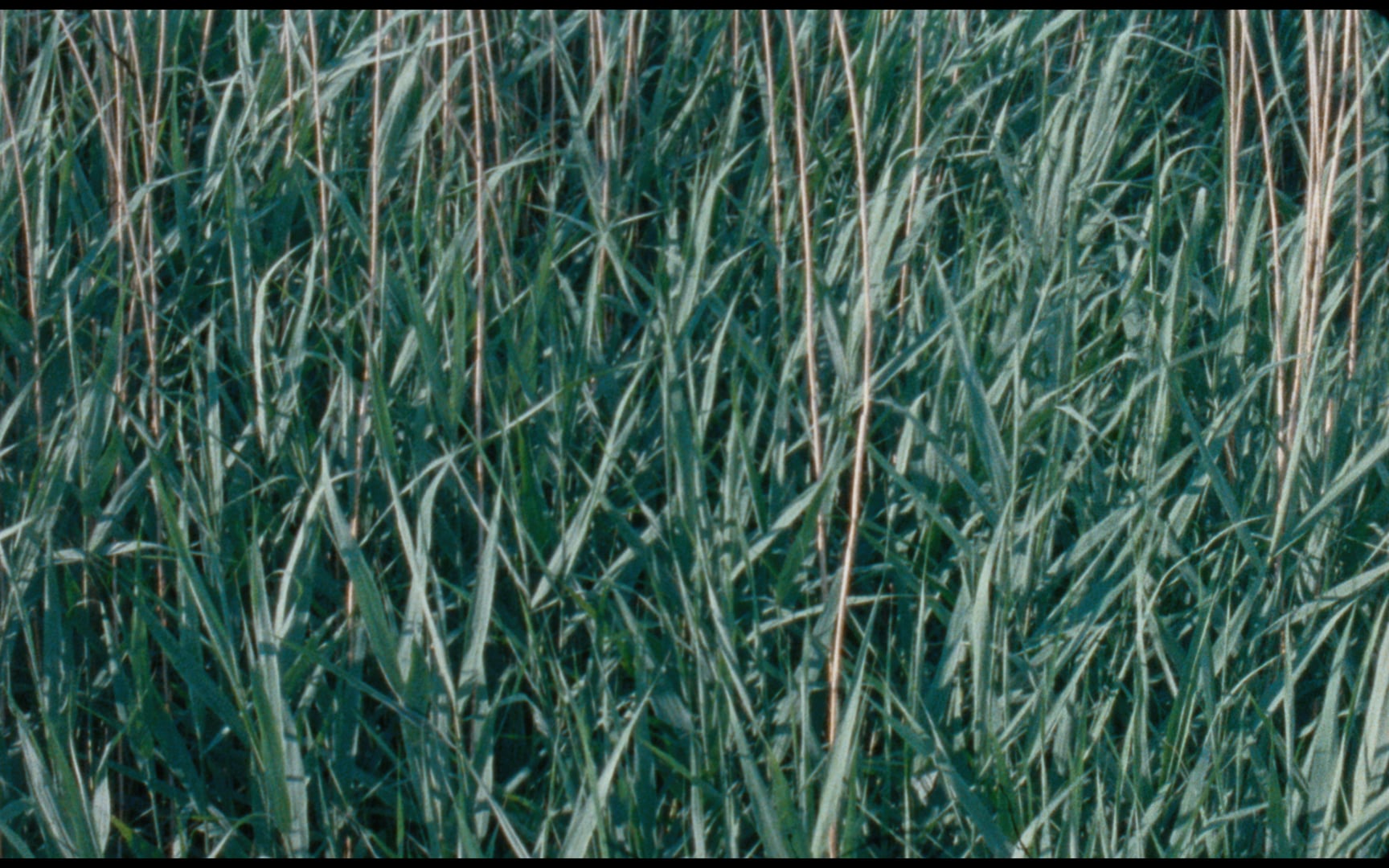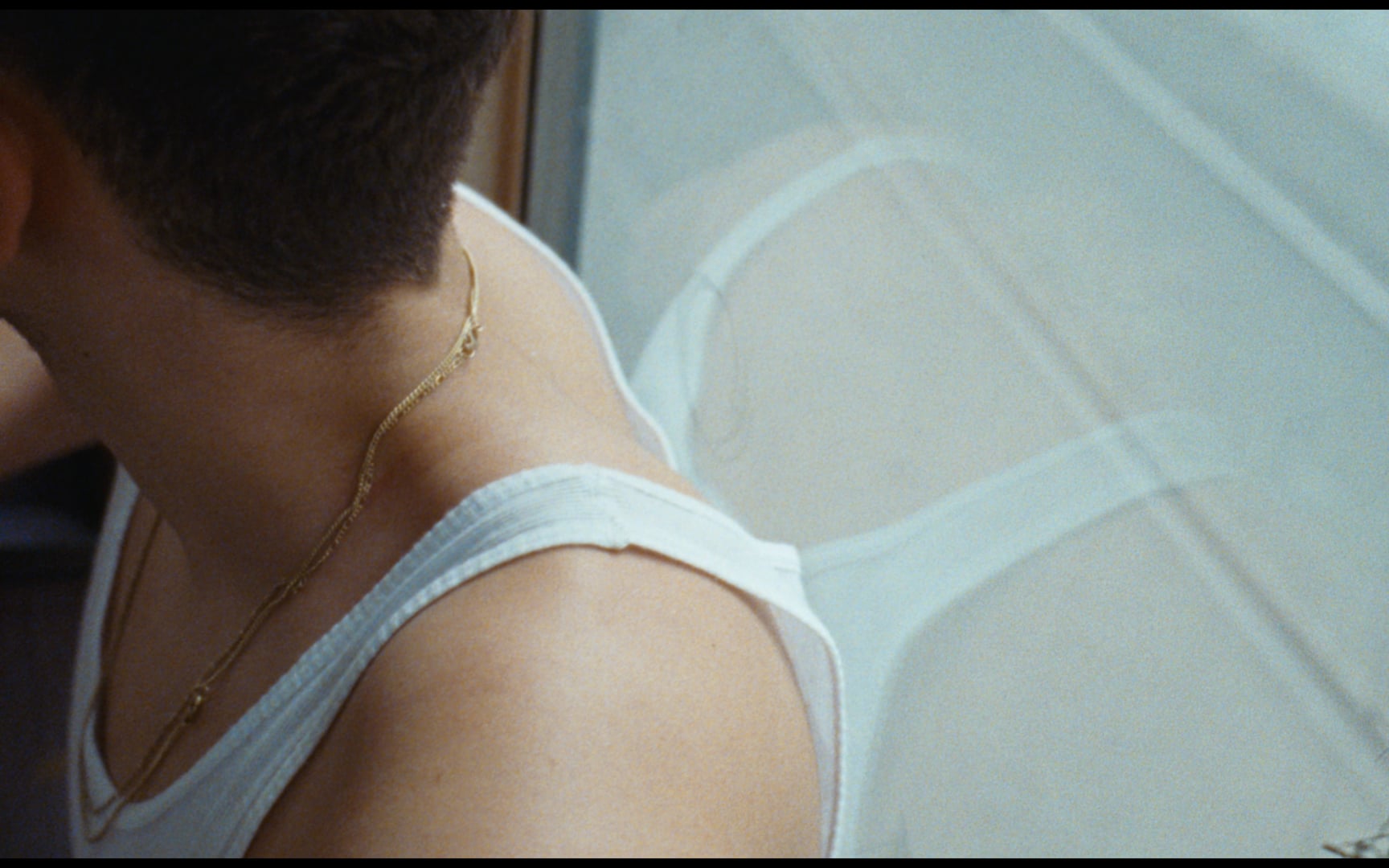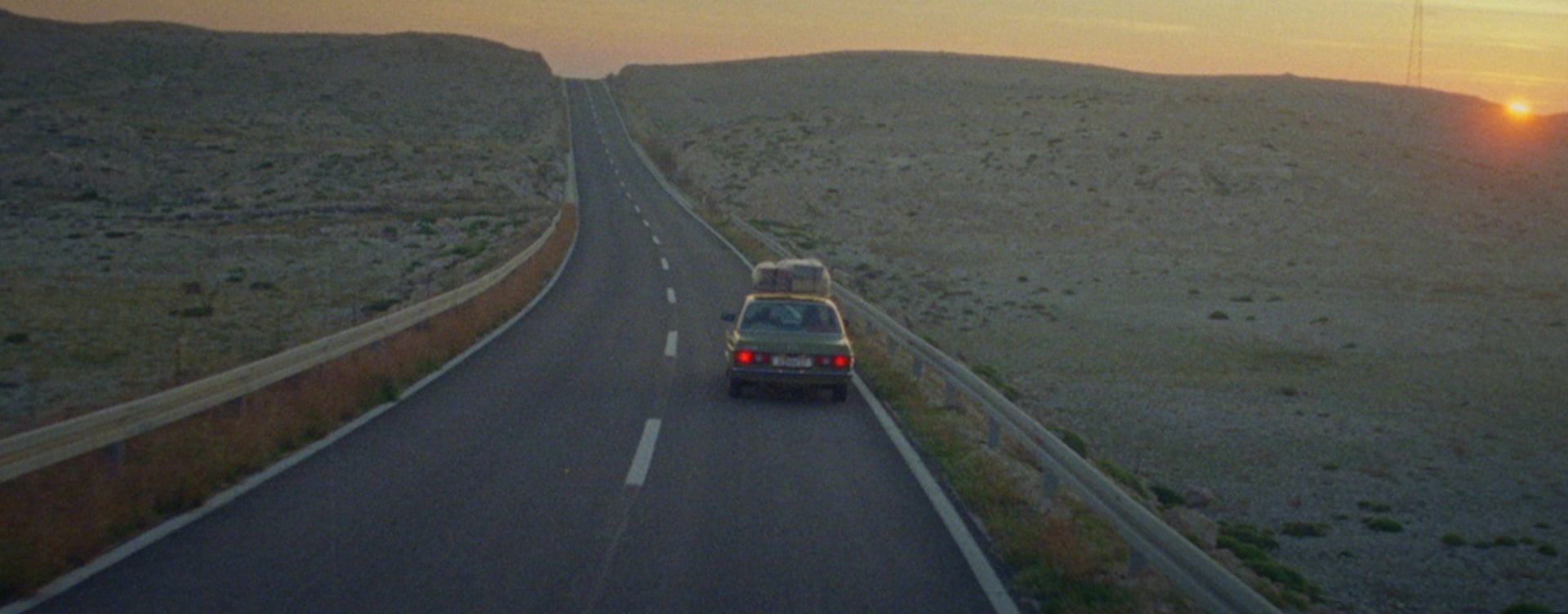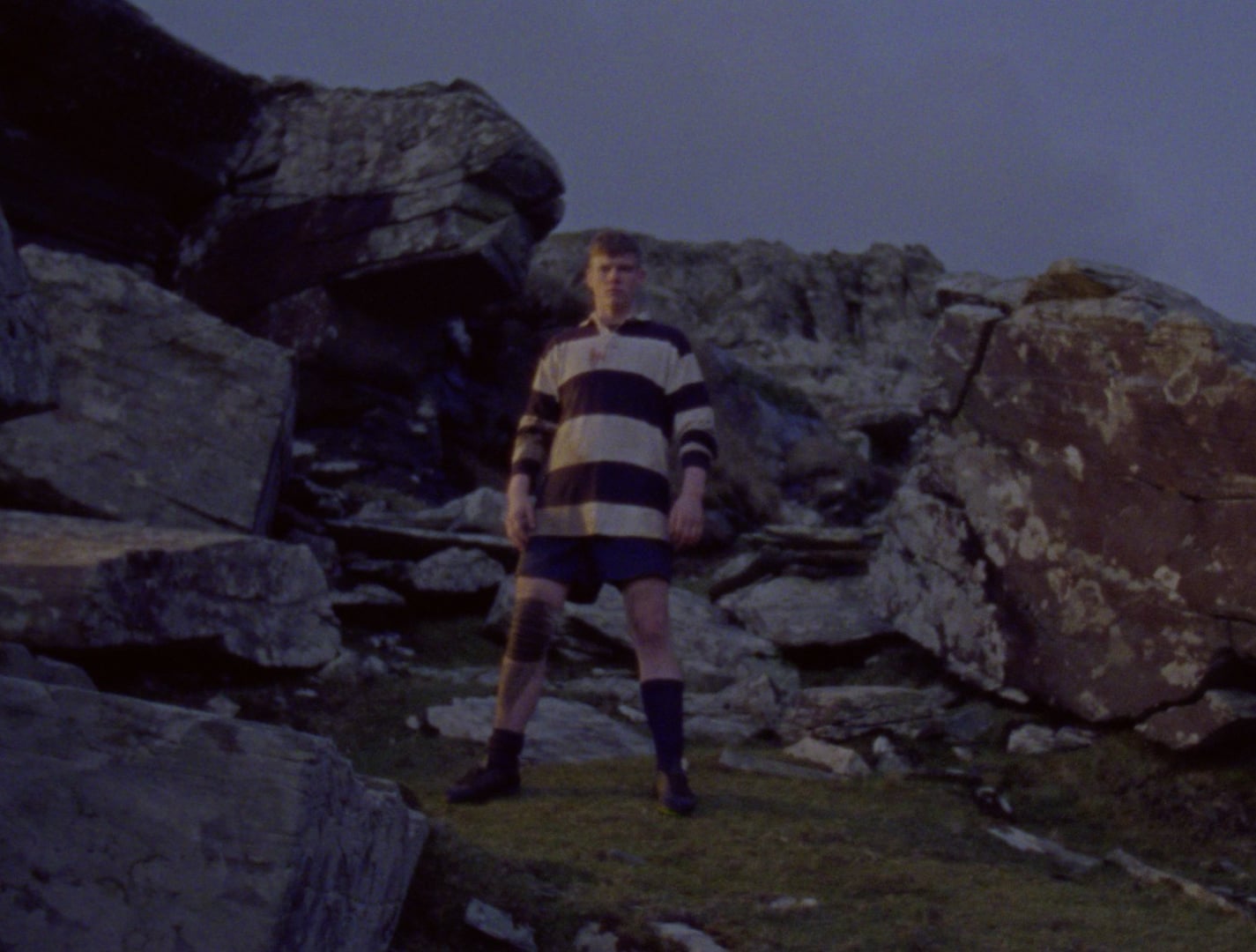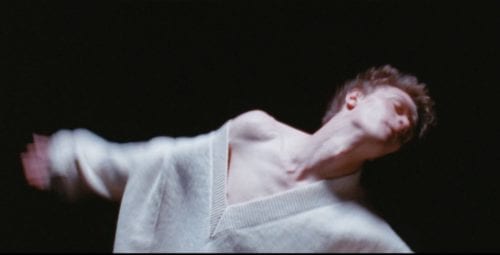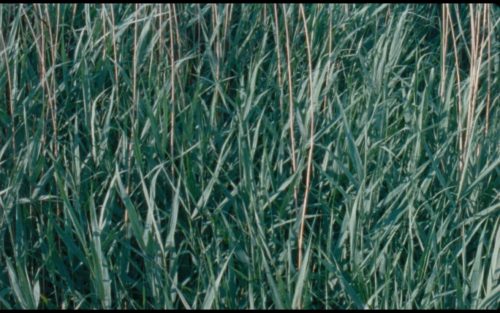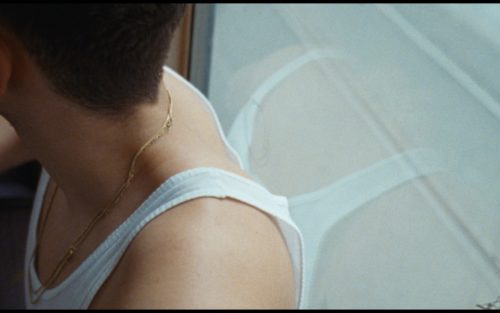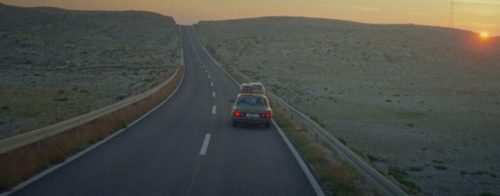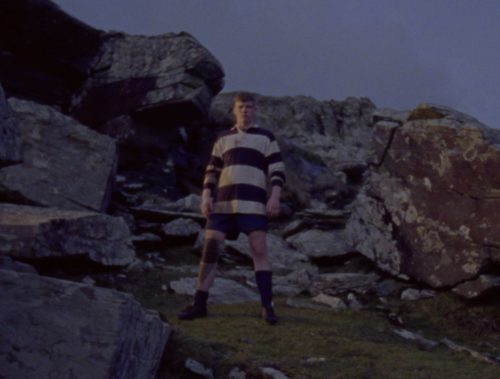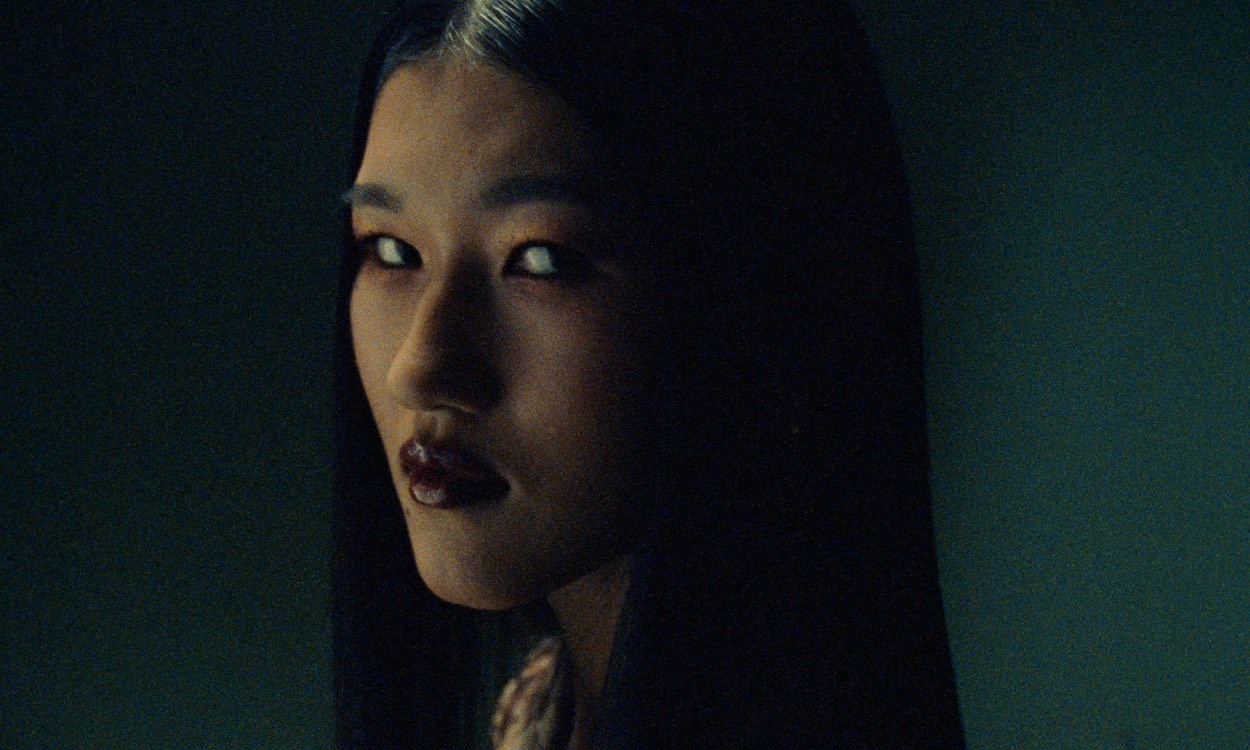To quote from Raf Simons’ own website: “From the first collection on, music, art, performance, images and words have a substantial role in the whole package, summing up, or rather clarifying the kind of world Raf Simons wants to project. Always at the core of his universe (and as essential as the clothes themselves) are attitudes, moods and statements about individuality and independence.”
And your trio of films, Isolated Protaganists, absolutely embraces the energy and singularity of rebellious youth culture. How did the films come about?
The films are a homage to Raf Simons’ definition of an alternate masculinity. As I started researching the imagery of Simons’ early work I was astonished that his ideas dating back to the mid-nineties were just as radical and contemporary as today. Raf Simons revolutionized menswear as he completely refigured the image of what it meant to be masculine in fashion. In my opinion this depiction of adolescence has not made the transfer to film in a proper way yet so I thought to create a contemporary attempt on his conceptions. The premise of the films are: How do you act if the outer world makes it impossible to show your innermost feelings?
Did you write the narratives? And if so what was your process of writing the script / treatment – was it a long process or did it flow in an easy way? Were there any moments when the script wasn’t working – if so how did you resolve that?
Yes, I did. The process started for me with the idea of a tryptich. I wanted to portray three boys’ alternate masculinity in three individual films yet connect the story to one single piece. The films can stand alone yet evolve their full imagery only as a triptych. The initial writing of the script felt quite intuitive so I tried to put more focus on the elaboration of the characterisation, connectivity and imagery of the films.
There are multi layers to the films – the inner dialogues, plot, the sound track, words, interesting filmic shots that reveal subtly what the guys think and feel, then you throw in some effects work. Were you always interested more in conveying mood and essence of the personalities than telling a straightforward “and then this happened” linear story? How would you sum up the core of your filmic language?
The most important thing for me is finding and embracing a certain degree of sensitivity in humanness. That’s the key aspect for my approaches and my writing. And I love to be playful with time and discontinuing narration. Maybe this has intensified over the years. With Isolated Protagonists I wanted to deconstruct the classic format of a commercial or fashion film. For my next project I’m going to extend the idea of a deconstructed narrative again.
How did you go about directing the cast? Did you workshop the scenes before hand?
The casting process was really intense as we wanted to find a unique look plus authentic performance. The fact that we only wanted to cast Belgian actors and regular guys led to another limitation. We set up a rehearsal in a techno club in Raf Simons hometown Antwerp and I tried to assemble some constellations to look for the chemistry among the boys. When Tijmen (Milo), Mistral (Raphael) and Zouhir (Bilal) entered the room I already knew that I had found them as they had the perfect mixture of a sensitive yet unpolished attitude.
Did you storyboard everything in detail before the shoot?
No, I rather prefer working only with shot lists, especially on projects like this. I love the amount of flexibility and freedom which is sometimes scary but can lead to super exciting results. In my opinion a storyboard is more limiting. I love the flow with my DP Maximilian Pittner, who is a beast in this and every way. For unexperienced actors it’s particularly hard. I wanted to give them the opportunity to develop their own rhythm, movements and style.
What were the most challenging aspects of the production?
As I already mentioned finding the right cast was challenging, but it is Ludwig Meck, the producer of this project, who deserves all the kudos. Producing such a project with a super tiny budget, many locations, headstrong Belgian actors and a tight schedule was most definitely the biggest challenge. He’s done that incredibly well.
Have you graduated from the FilmAkademie Baden Wurtemburg yet?
I will hopefully receive my diploma this March, after I finish my last project at Filmakademie in February.
Your film, Welcome Home for Mercedes, won 1st prize in the automobile category at the Porsche International Student Advertising Film Award. Did you write the narrative as well as direct the film? And if so did you draw on your own personal experience?
Yeah, I like to come up with my own ideas. Mercedes was a result of a conversation that I had with a friend of mine. We talked about memories of long car trips in our childhood, embellished impressions that evoke sensual déjà vus every now and then up until today. He shared these moments and told me his memories as a Turkish immigrant-kid of the eighties. I was deeply impressed so he encouraged me to tell this story.
Also your remarkable spec commercial for Guinness shot in Ireland is an unusual film considering you’re based in small town Germany. What was behind your decision to make this film?
With Guinness I wanted to capture a motif of my youth’s football team. I always was fascinated that the biggest rivals of us were the ones nearby. Although we pretty much lived in the same world, battling the same problems, the aversion to those clubs was always crucial. When I discovered David Coffin’s Version of the shanty, Roll the Old Chariot, I wanted to transfer my experiences into another world. So I came up with the idea of the two rivalling rugby teams fighting their battle on the rugby pitch on a remote island, far out there.
LINKS
